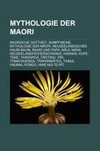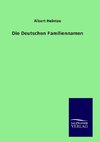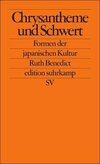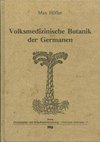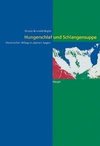
-
 Anglický jazyk
Anglický jazyk
Battles involving Ireland
Source: Wikipedia. Pages: 56. Chapters: Battle of the Boyne, Battle of Clontarf, Irish War of Independence, Second Desmond Rebellion, List of Irish battles, Irish Free State offensive, Battle of Glenmama, Battle of the Diamond, Battle of Dublin, Battle of... Viac o knihe
Na objednávku, dodanie 2-4 týždne
17.10 €
bežná cena: 19.00 €
O knihe
Source: Wikipedia. Pages: 56. Chapters: Battle of the Boyne, Battle of Clontarf, Irish War of Independence, Second Desmond Rebellion, List of Irish battles, Irish Free State offensive, Battle of Glenmama, Battle of the Diamond, Battle of Dublin, Battle of Kilmallock, Battle of Faughart, Second Battle of Athenry, Military history of Ireland, Battle of Confey, Battle of Cathair Cuan, Battle of Knockdoe, Battle of Rathmines, Battle of Affane, Battle of Benburb, Battle of Ballyshannon, Battle of Dysert O'Dea, Battle of Clontibret, Prehistoric Irish battles, Battle of the Curragh, Battle of Skerries, Battle of Glenmalure, Sack of Baltimore, Battle of Sulcoit, First Battle of Athenry, Battle of Farsetmore, Battle of Belach Lechta, Battle of Ballinalee, Battle of Belahoe, Battle of Ardnocher, Battle for the Body of St. Patrick, Battle of Tochar Cruachain-Bri-Ele, Battle of Connor, Battle of Glenmaquin, Battle of Ros-Mhic-Thriúin, Sack of Athenry, Battle of Fiodh-an-Átha, Battle of Móin Mhór, Battle of Tragh-Bhaile, Battle of Cluain Immorrais. Excerpt: The Irish War of Independence (Irish: ,) Anglo-Irish War, or Tan War was a guerrilla war mounted by the Irish Republican Army (IRA) against the British government and its forces in Ireland. It began in January 1919, following the Irish Republic's declaration of independence. Both sides agreed to a ceasefire (or "truce") in July 1921. The post-ceasefire talks led to the December 1921 Anglo-Irish Treaty. This treaty ended British rule in most of Ireland and, after a ten-month transitional period overseen by a provisional government, the Irish Free State was established. However, six northern counties remained within the United Kingdom as Northern Ireland, with its own devolved parliament. After the ceasefire, political and sectarian violence (between republicans and loyalists, and between Irish Catholics and Protestants) continued in Northern Ireland for many months. The IRA that fought in this conflict is often called the Old IRA to distinguish it from later groups that also used the name. Since the 1880s, Irish nationalists in the Irish Parliamentary Party (IPP) had been demanding Home Rule, or self-government, from Britain. Fringe organisations, such as Arthur Griffith's Sinn Féin instead argued for some form of Irish independence, but they were in a small minority at this time. The demand for Home Rule was eventually granted by the British Government in 1912, immediately prompting a prolonged crisis within the United Kingdom as Ulster Unionists formed an armed organisation-the Ulster Volunteers -- to resist this measure of devolution. In turn, Nationalists formed their own military organisation, the Irish Volunteers. The British Parliament passed the Third Home Rule Act with an amending Bill for the partition of Ireland introduced by Ulster Unionists, but the Act's implementation was postponed by the outbreak of the First World War in August 1914. The majority of Nationalists followed their IPP leaders and John Redmond's call to support Britain and the Allied war
- Vydavateľstvo: Books LLC, Reference Series
- Rok vydania: 2012
- Formát: Paperback
- Rozmer: 246 x 189 mm
- Jazyk: Anglický jazyk
- ISBN: 9781156403549
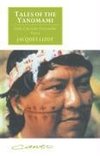
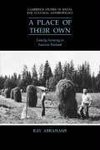
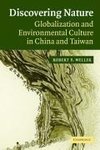
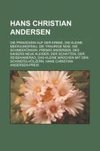
 Nemecký jazyk
Nemecký jazyk 